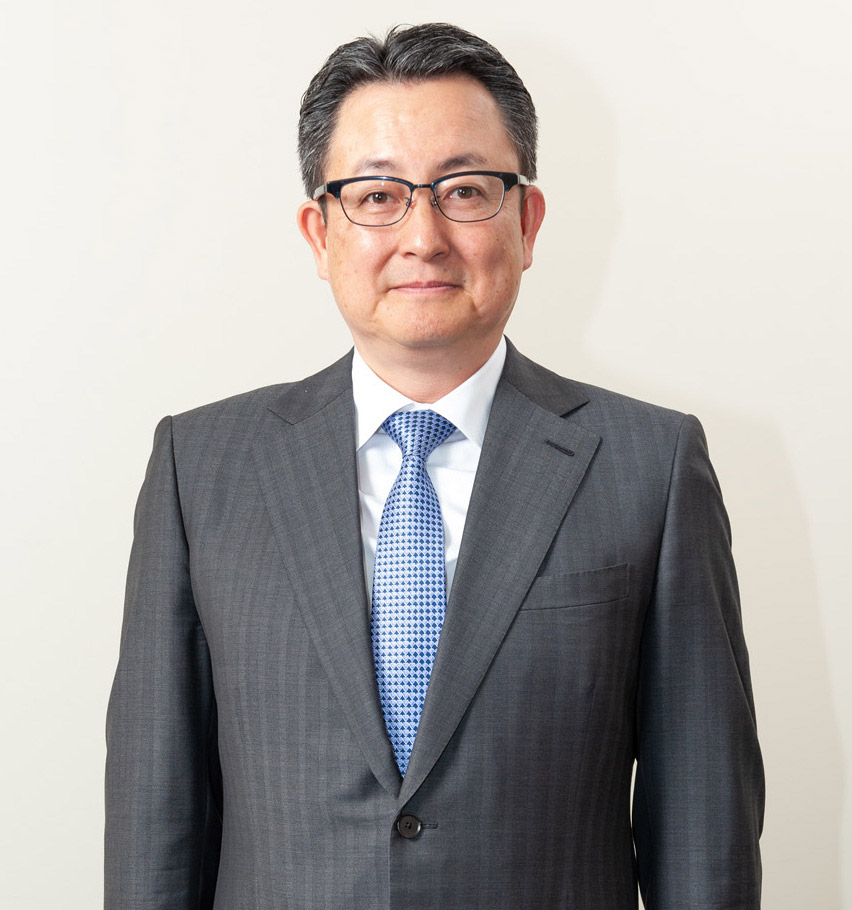Kito sees strong demand in N. America & Europe but tepid recovery in Japan & Asia
8 November 2021Kito continues to see strong demand in North America and Europe with tepid recovery in Japan and Asia, according to its Q3 Financial Results, ended September 30, 2021.
Kito Group manufactures and sells hoists, cranes, chains, and related products. Its user base is expanding from heavy industry related to infrastructure to entertainment and clean energy, which are recent additions to the business.
In a statement announcing the results, Yoshio Kito, president/CEO, Kito Group, said during the first half of the year from April 1 to September 30, 2021 of fiscal 2021 ending March 31, 2022, despite the recovery in economic activity centered on Western countries, the outlook remains obscured by the disruption in logistics due to surging demand, as well as higher prices for raw materials and a semiconductor shortage.
As such, Kito supported by the firm recovery in demand in North America and Europe, maintained a high operation rate at its factories, and focused on securing its supply chain, including material suppliers and transport routes.
As a result, net sales in the first half year amounted to ¥28,293m (up 28.4% from the previous corresponding period), a record high for a second quarter cumulative period. Earnings also rose sharply to reach a record high level, with operating income of ¥2,459 million (up 97.1%), ordinary income of ¥2,412m (up 98.8%), and net income attributable to owners of the parent of ¥1,678m (up 905.6%).
“We have seen strong demand in North America and Europe, although the recovery trend has been slow in Japan and Asia. In response to a growing demand globally, we have continued to increase production. There continue to be concerns about rising material costs and shipping charges, we have reviewed the selling prices for each market and worked to secure profits. As a result, net sales up to Q2 were at all-time highs for the period and earnings rose to reach a record high level,” it said in a Q&A with shareholders on its website.
Talking about the financial crisis of the Evergrande Group in China, it said: “About 80% of Kito’s China operations are related to the production and sale of wire-rope hoists. These products are generally needed for equipment investment in plants, rather than on temporary worksites related to construction or civil engineering, and this market is not affected directly by the trend of Evergrande real-estate development. That said, some impact on the Chinese economy as a whole may be inevitable, and we are keeping an eye on the situation.”
Despite the uncertain situation in Japan, including extensions of the state of emergency implemented in areas around the country, demand continued to recover moderately. Exports increased on the rapid increase of demand in overseas markets, particularly in North America and Europe. As a result, net sales amounted to ¥12,462m (up 24.2% from the previous corresponding period), with operating income of ¥2,839m (up 26.8%).
Net sales in the US rose considerably to ¥13,271m (up 35.6% from the previous corresponding period), with operating income of ¥314m, on firm demand in response to continued proactive investment among private companies, and expectations for expanded infrastructure investment. While the rapid recovery in economic activity has raised concerns about supply chain delays and rising costs for materials, Kito Group continued to focus on securing transport and maintaining customer service.
Firm increase of demand in China continued, with increases in both revenue and earnings. Net sales amounted to ¥4,311m (up 24.7% from the previous corresponding period), with operating income of ¥624m (up 16.9%). Of note, the fiscal year for this segment starts in January, so the results for the first half year are from January through June.
In Asia (excluding Japan and China) despite disparities by region and industry, demand recovered at a moderate pace. Net sales amounted to ¥1,243m (up 17.0% from the previous corresponding period), with operating income increased to ¥68m (up ¥4m from the previous corresponding period).
Economic activity in Europe gained momentum from the start of the period, and demand improved significantly. A Dutch firm was also included as a subsidiary in the scope of consolidation at the end of the previous fiscal year. As a result, revenue rose considerably, with net sales amounting to ¥2,873m (up 49.2% from the previous corresponding period). In terms of earnings, while the segment had an operating loss of ¥52m, this was an improvement year on year.
